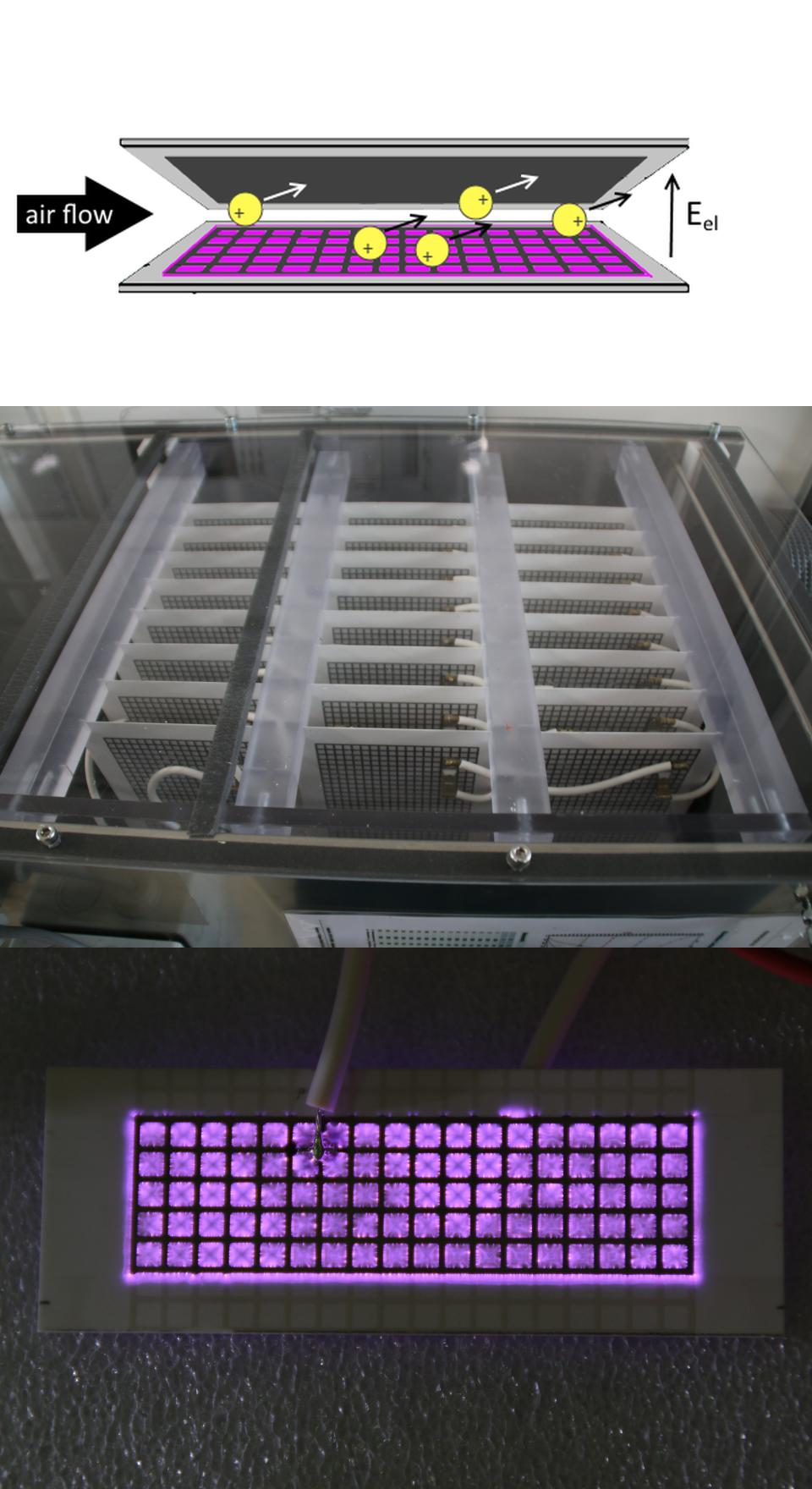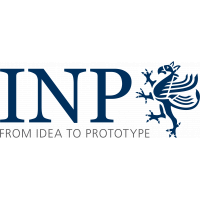Leibniz Institute for Plasma Science and Technology
Felix-Hausdorff-Str. 2
17489 Greifswald
GERMANY
https://www.inp-greifswald.de/en/
welcome![]() inp-greifswald [punkt] de
inp-greifswald [punkt] de
The Leibniz Institute for Plasma Science and Technology (INP) is the largest non-university institute in the field of low temperature plasmas, their basics and technical applications in Europe. The institute carries out research and development from idea to prototype. The topics focus on the needs of the market. At present, plasmas for materials and energy as well as for environment and health are the focus of interest.

